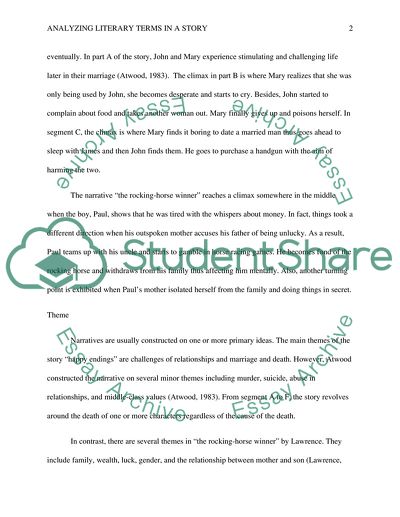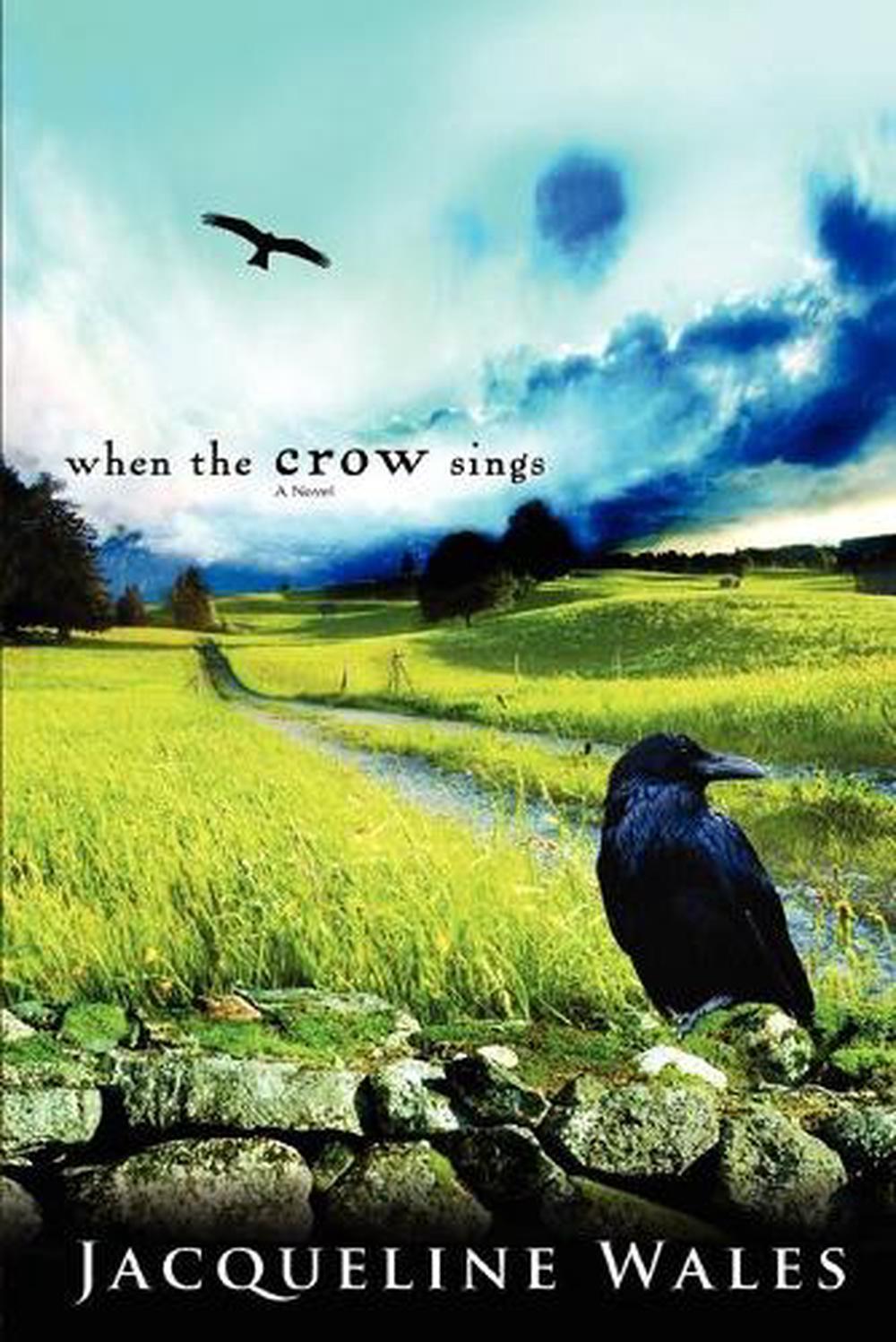

You’ll still end up with A, though in between you may get a lustful brawling saga of passionate involvement, a chronicle of our times, sort of,” the setting of the story and each of its segments is a medium for what each character does before he reaches the end. Various examples of setting seen in the story are an apartment, as seen in story B, and a “charming house,” as seen in story A, C and As seen in the line, “Remember, this is Canada. The author employs the use of place as setting in the story. Also shows how the author putes his characters in different situations. Famous Bearers: the Virgin Mary Mary Magdalene Mary, Queen of Scots.


Idea that the ending of a story is always the same, but only the middle matters In the story he is a loving husband, adulterous partner, womanizer Mary meaning of the name Mary is: Wished-for child rebellion bitter. This can emphasize the author’s use of putting the character into different contexts, changing the plot and how he plays different roles, yet emphasizes that it all ends the same (death). John one of the most common boy names, has ranged from musicians (John Lennon), to leaders (John F Kennedy), to philosophers (John Locke) etc. Doing so supports the way the author puts much importance on what happens during the story instead of how it ends. The author uses common names for the characters which allows him the versatility of putting them into different situations. No sense of reality in its entire spectrum as a genre even though the extremes of each end are minute acceptance and merely exploration of fictionality to the other end being utter denial of reality itself.Īdams, Douglas. Metafiction often employs intertextual references and allusions by: examining fictional systems incorporating aspects of both theory and criticism creating biographies of imaginary writers presenting and discussing fictional works of an imaginary character.Īuthors of metafiction often violate narrative levels by: intruding to comment on writing involving his or herself with fictional characters directly addressing the reader openly questioning how narrative assumptions and conventions transform and filter reality, trying to ultimately prove that no singular truths or meanings exist Metafiction also uses unconventional and experimental techniques by: rejecting conventional plot refusing to attempt to become “real life” subverting conventions to transform reality into a highly suspect concept flaunting and exaggerating foundations of their instability displaying reflexivity (the dimension present in all literary texts and also central to all literary analysis, a function which enables the reader to understand the processes by which he or she reads the world as a text). Openly questioning how narrative assumptions and conventions transform and filter reality, trying to ultimately prove that no singular truths or meanings exist Involving his or herself with fictional characters The reader is never to forget that what she is reading is constructed–not natural, not “real.” She is never to get “lost” in the story.

The narrator of a metafictional work will call attention to the writing process itself.


 0 kommentar(er)
0 kommentar(er)
